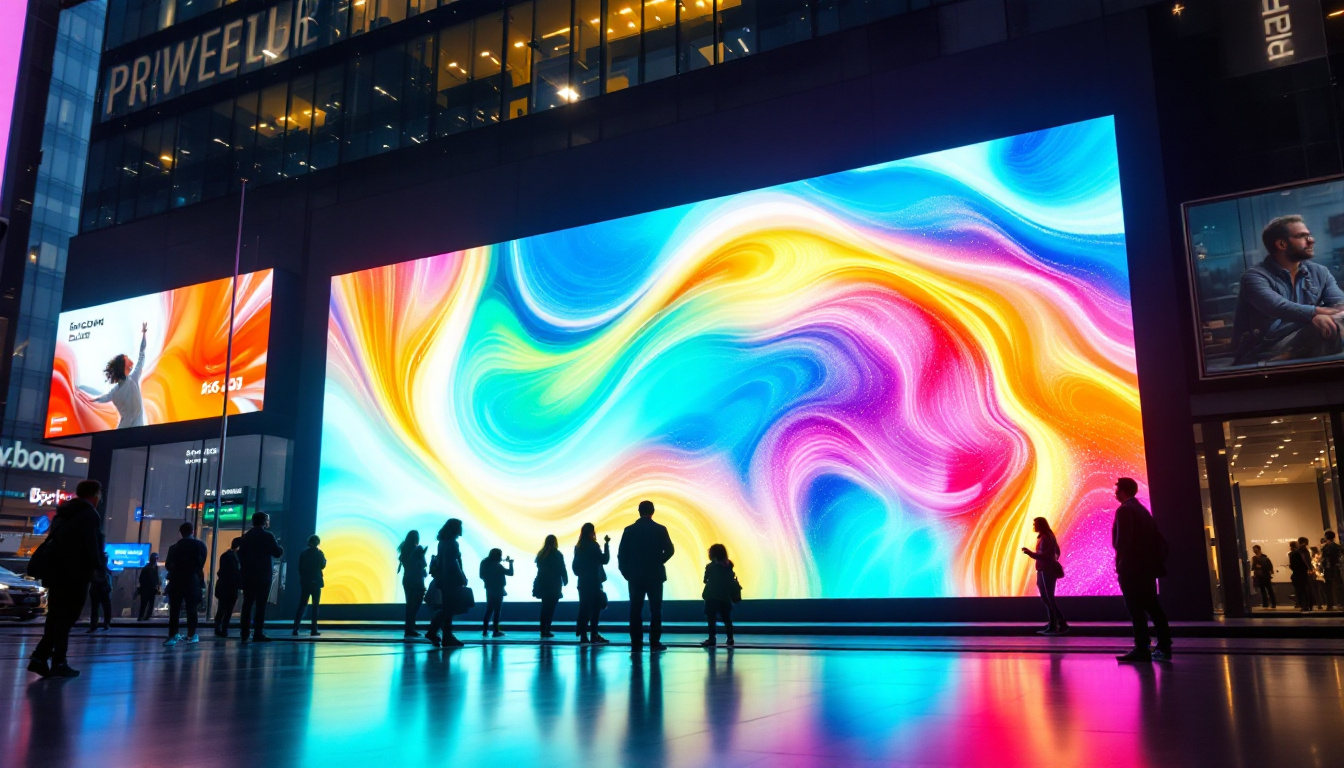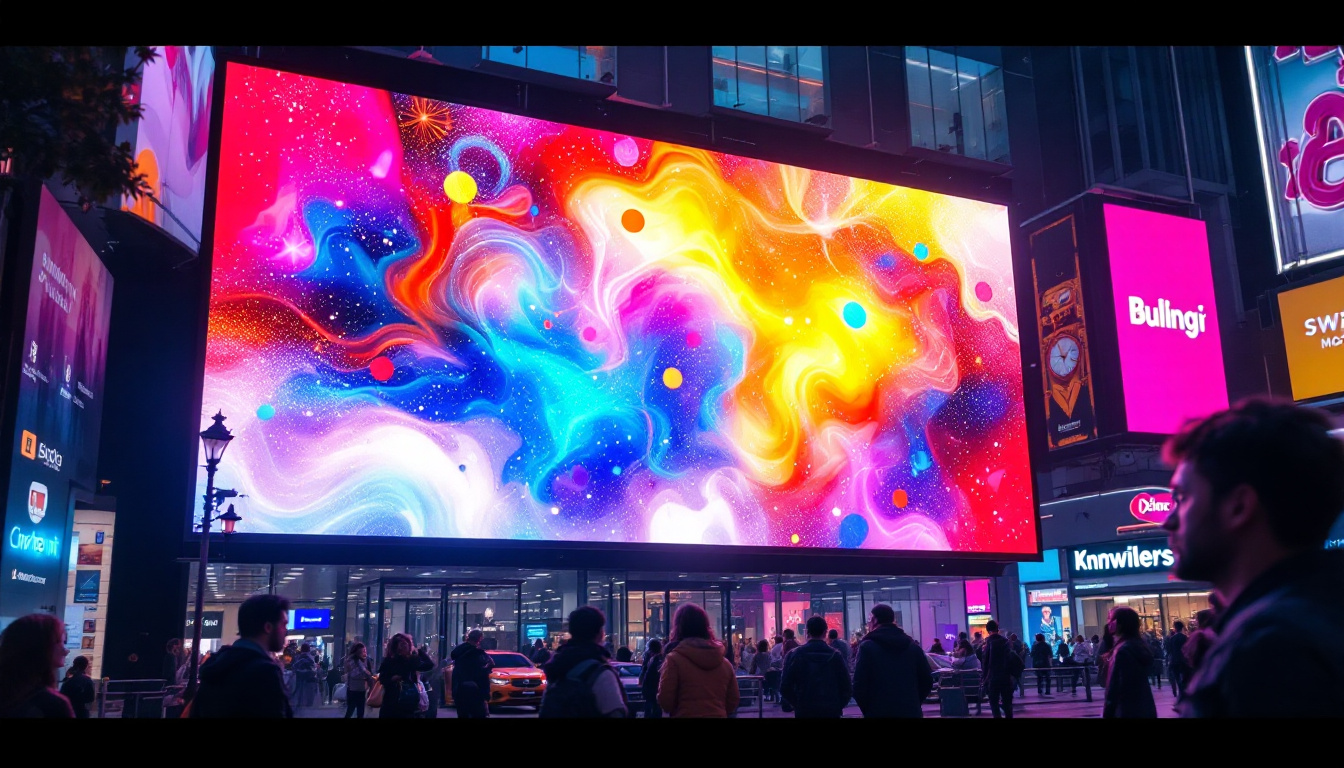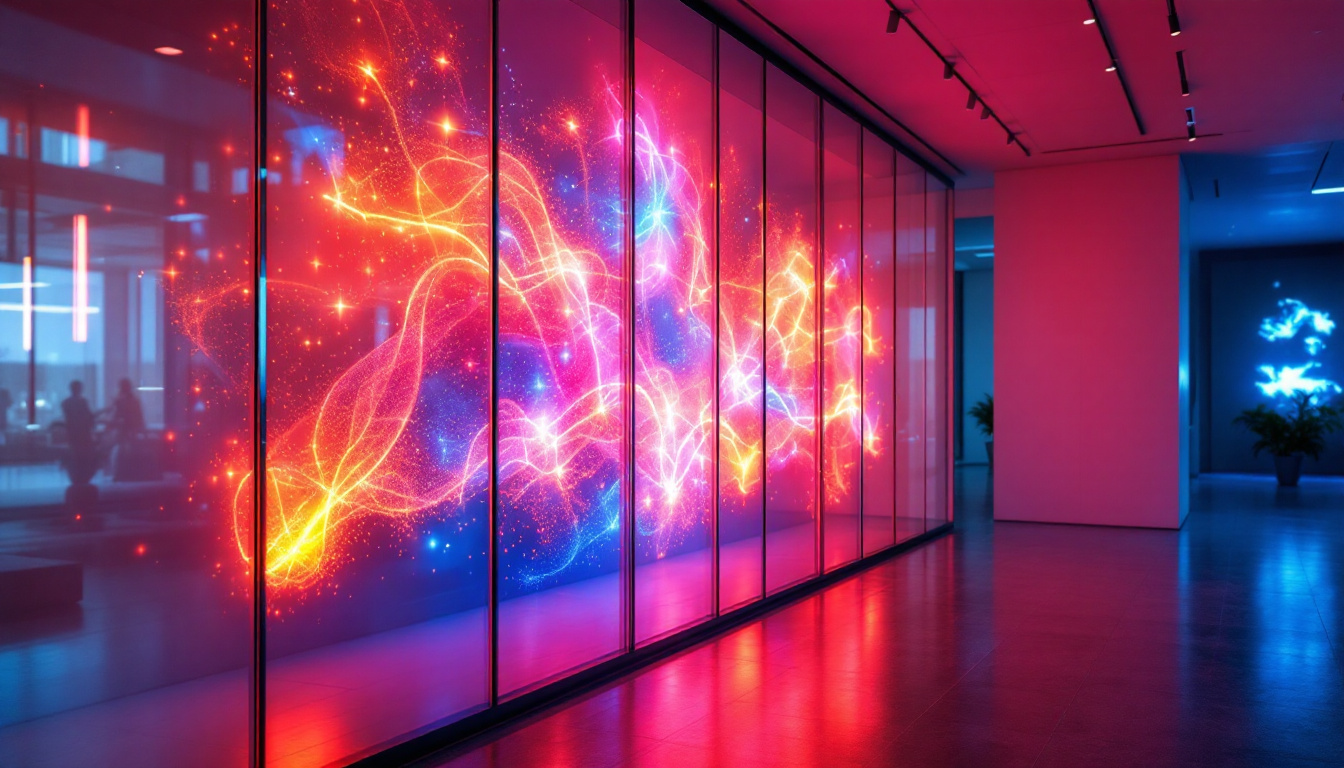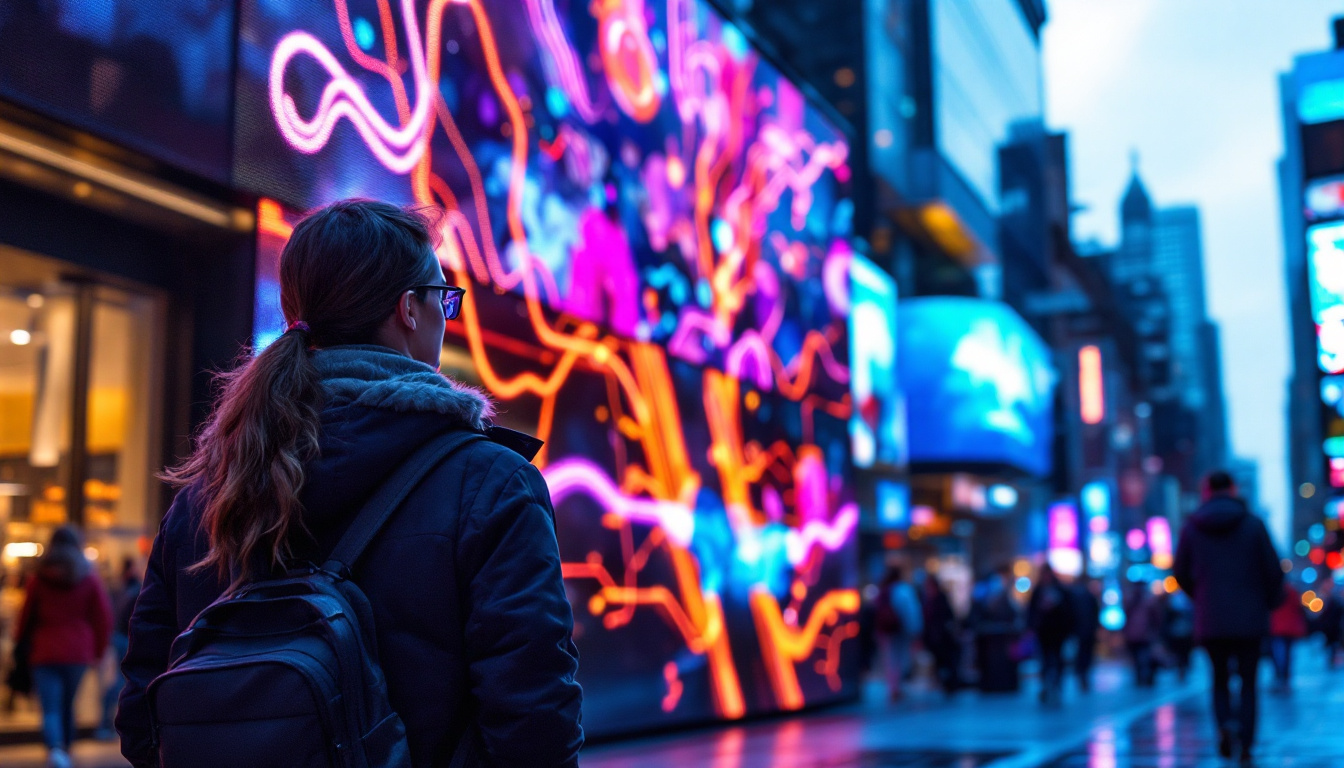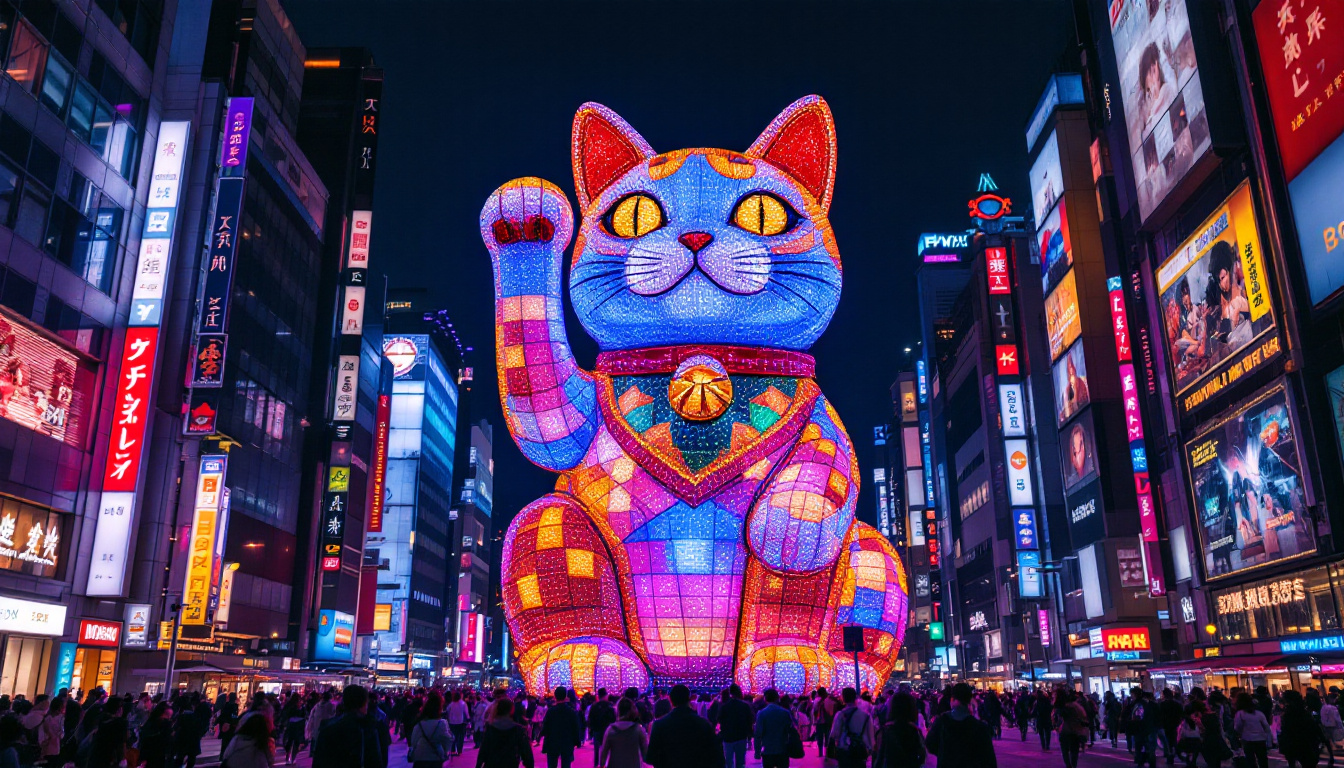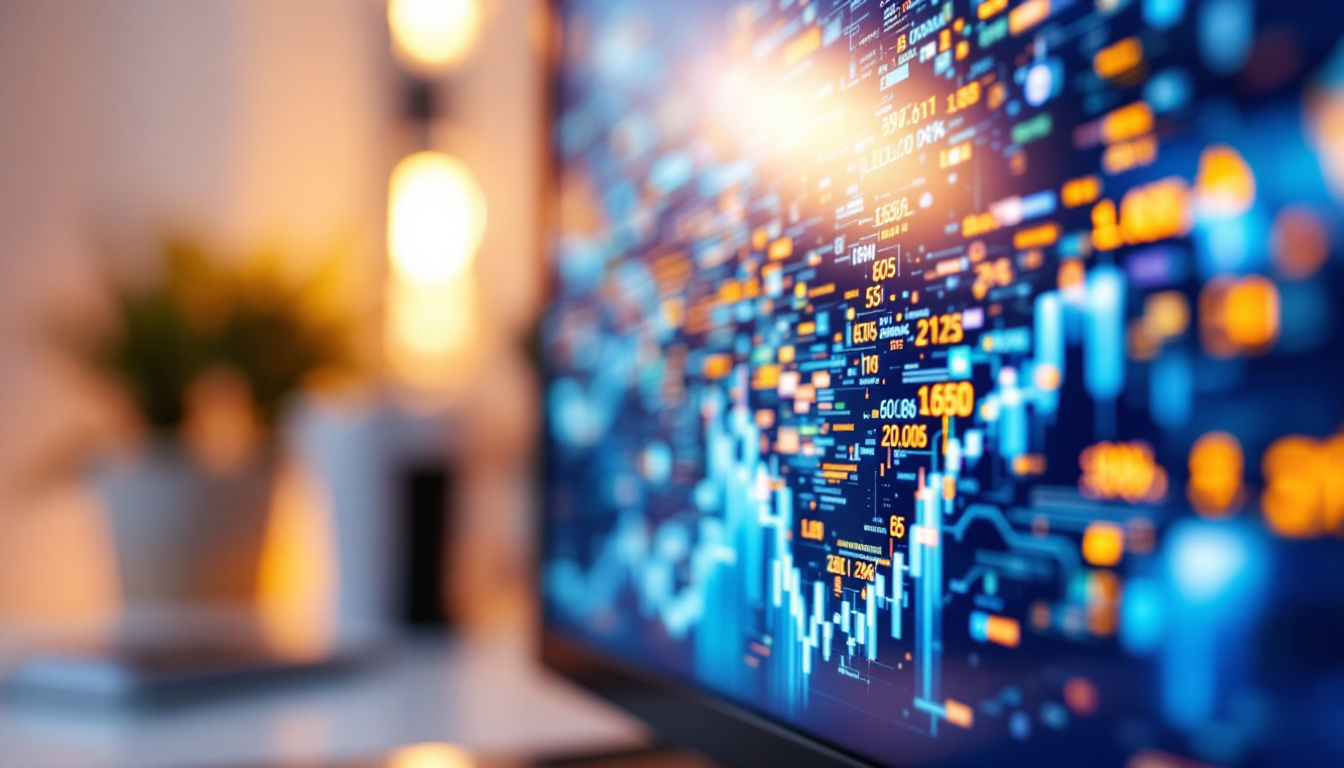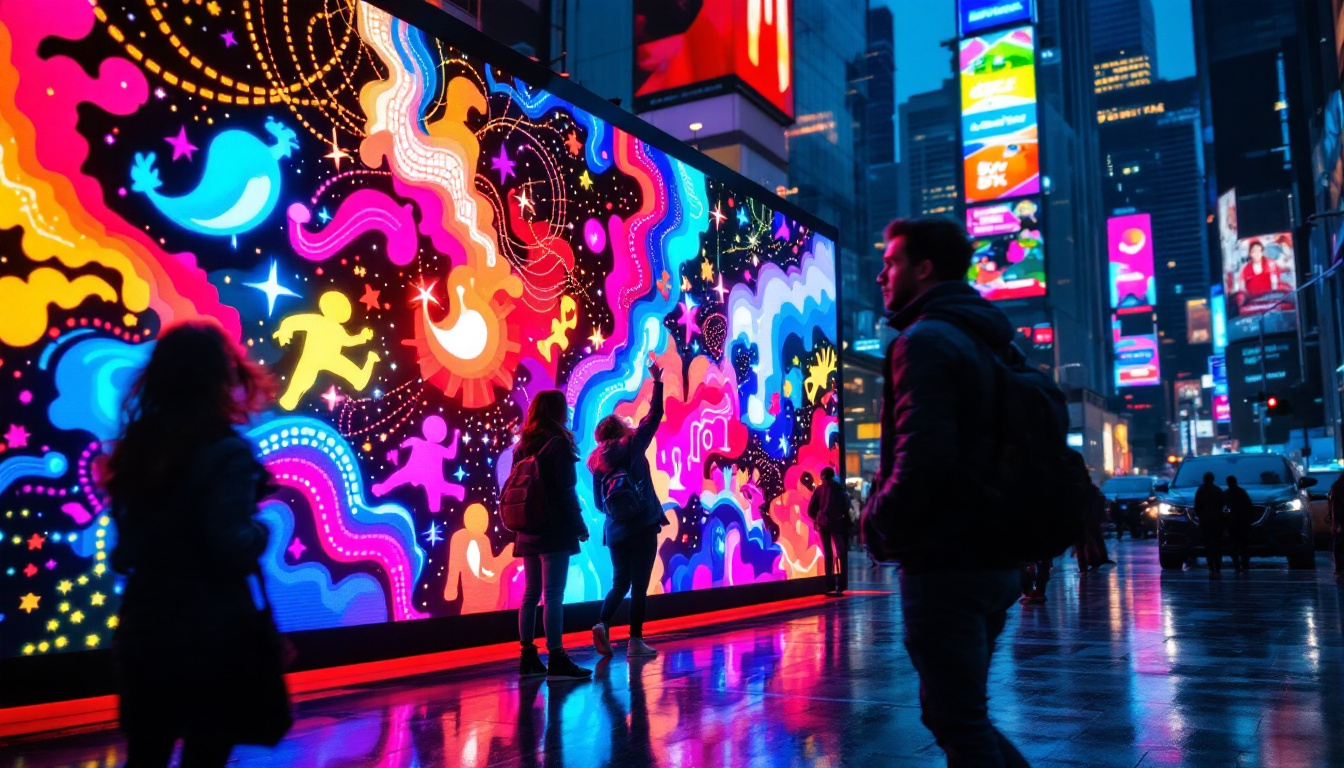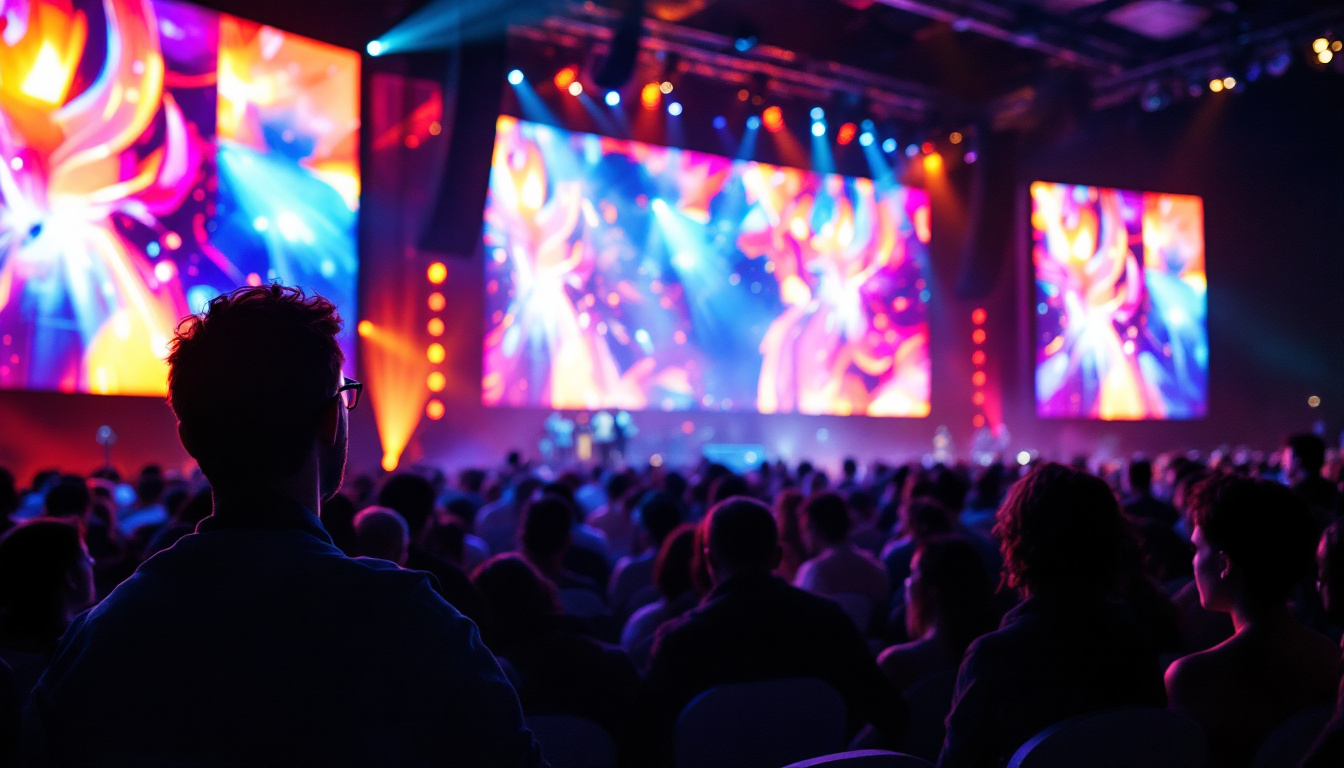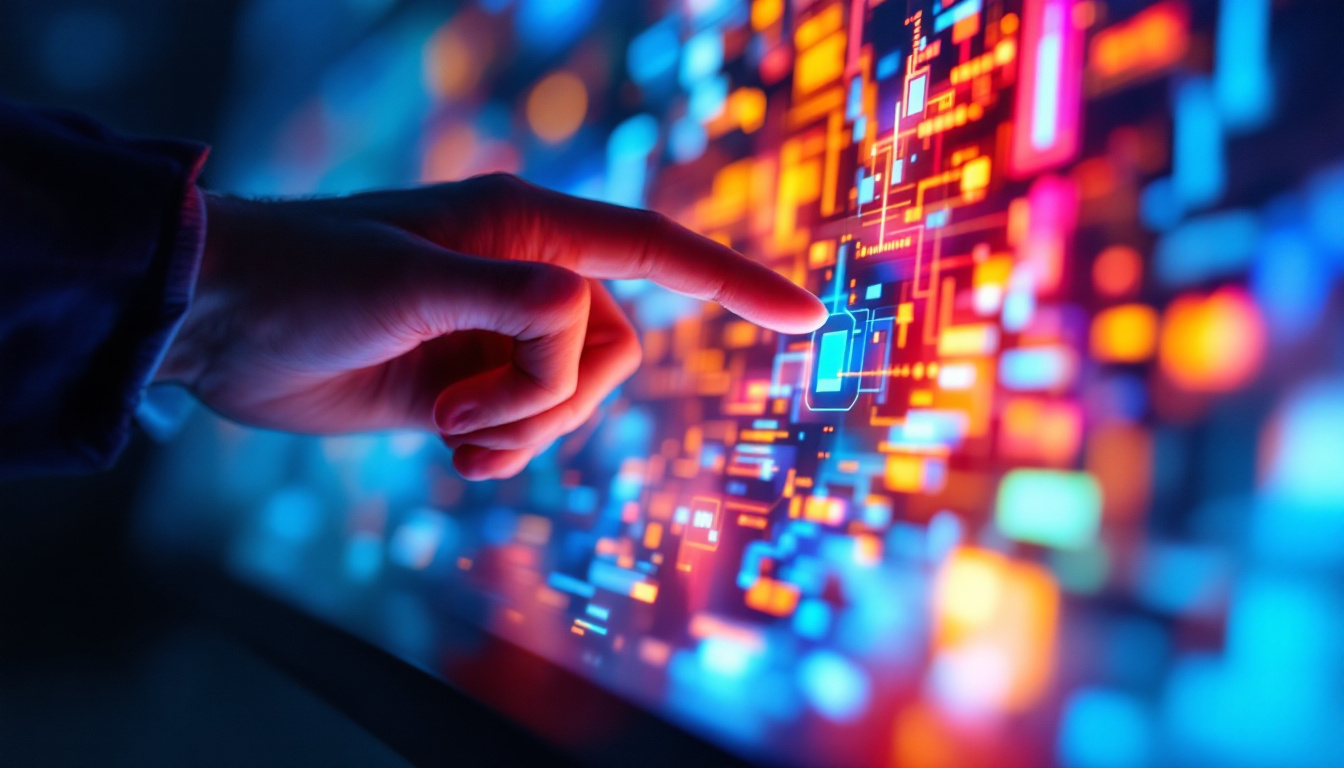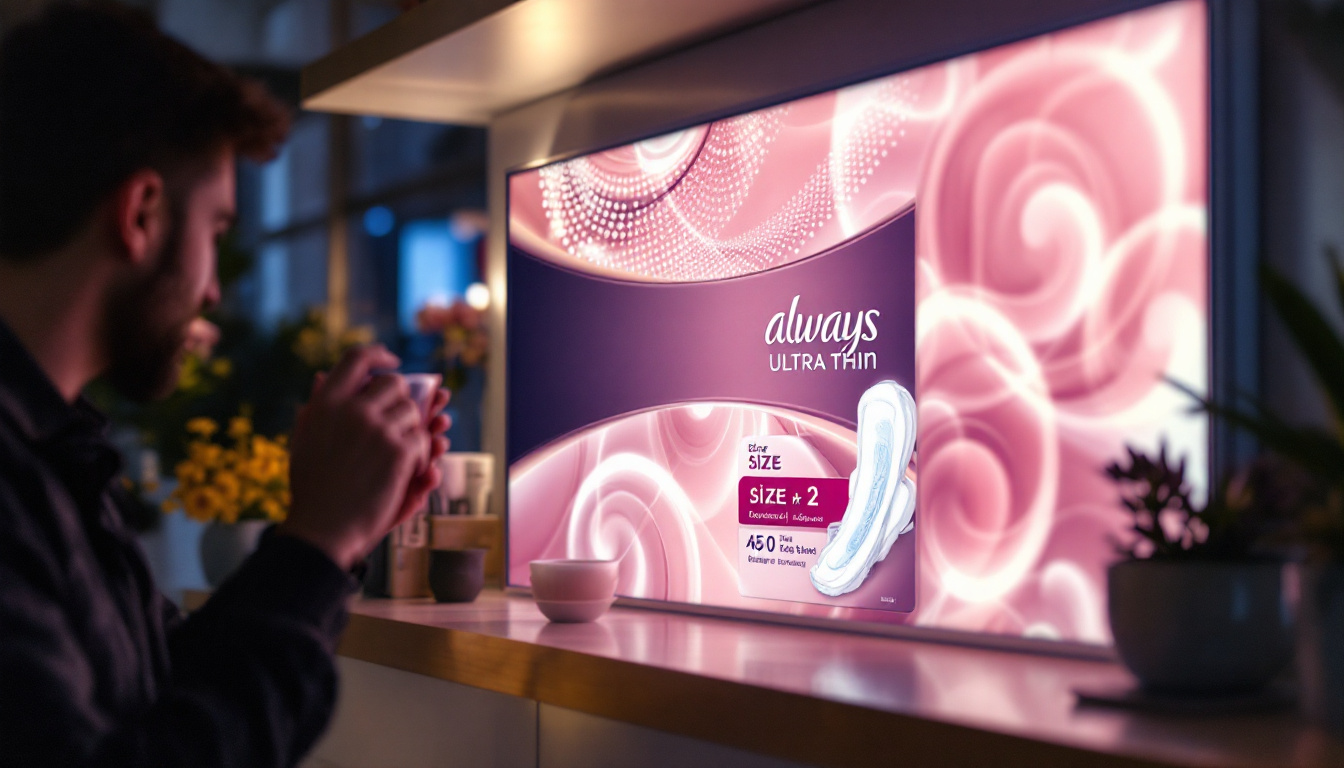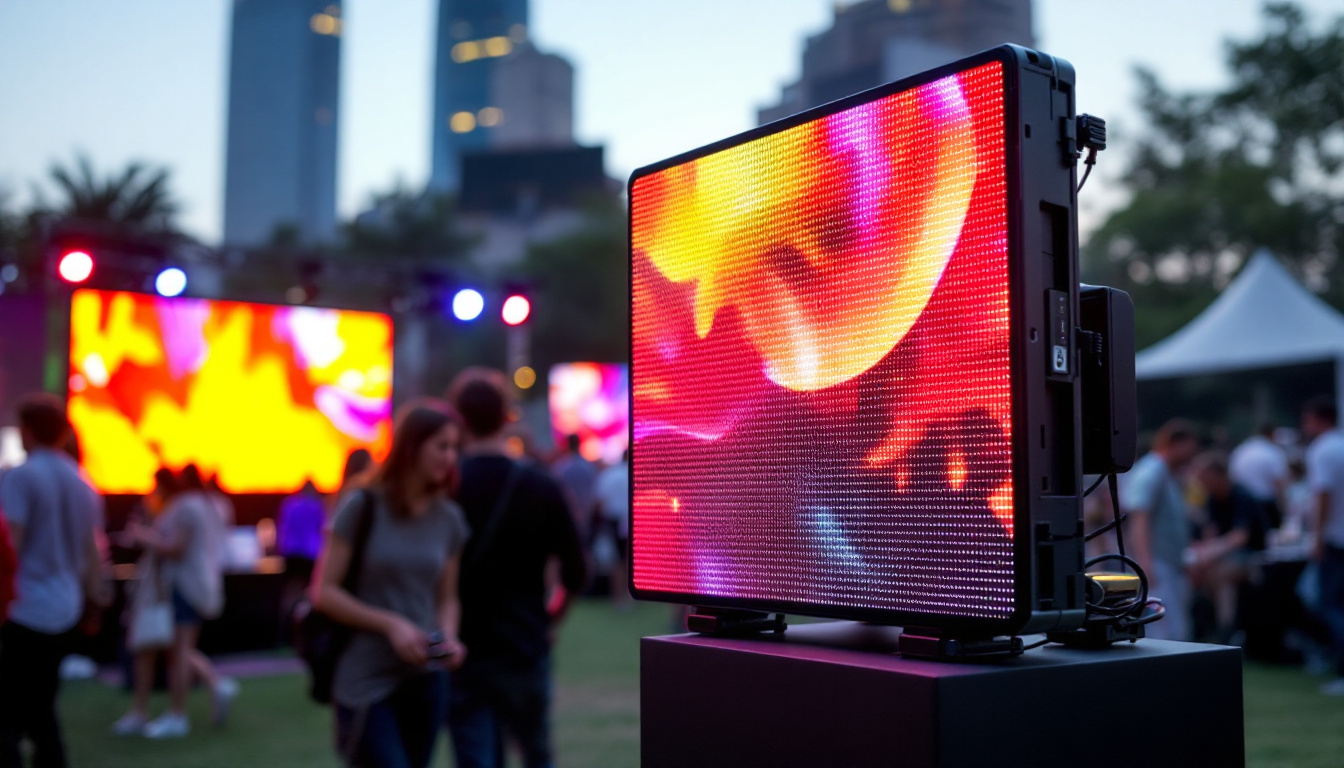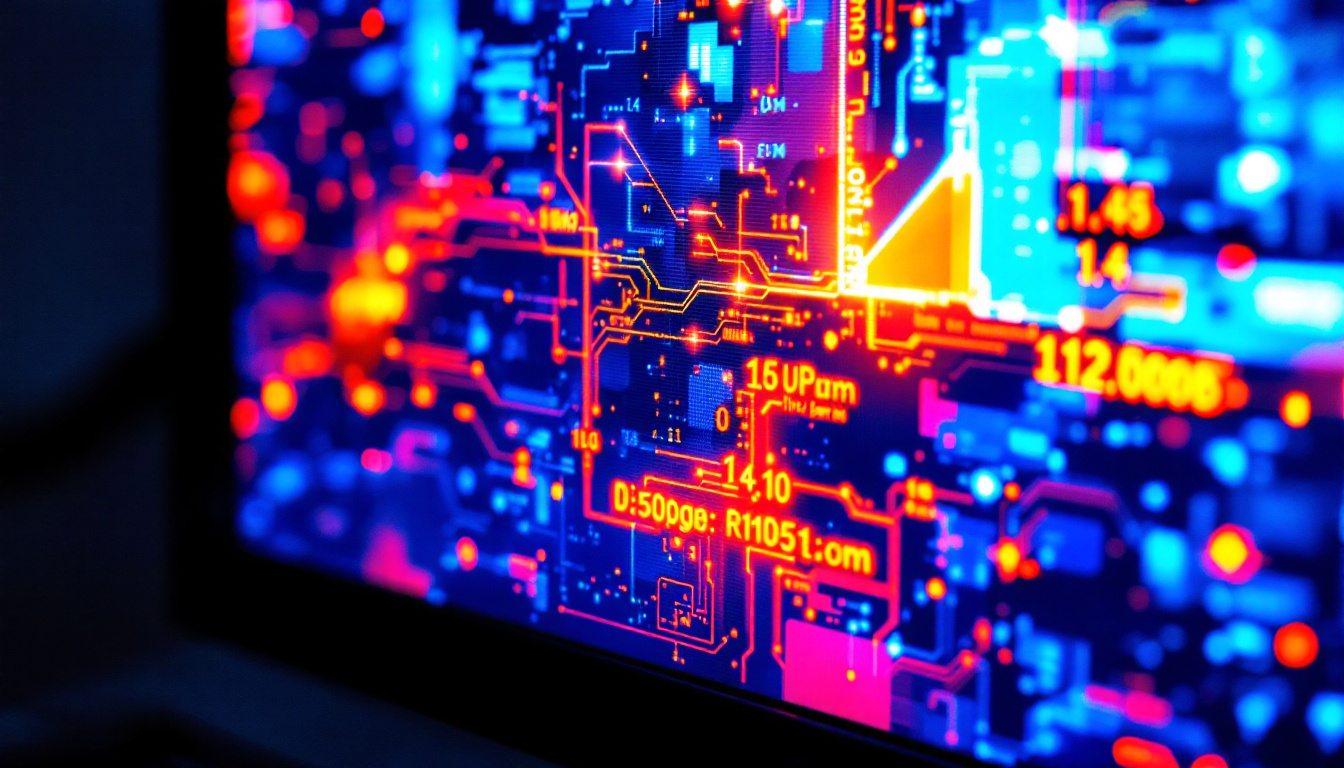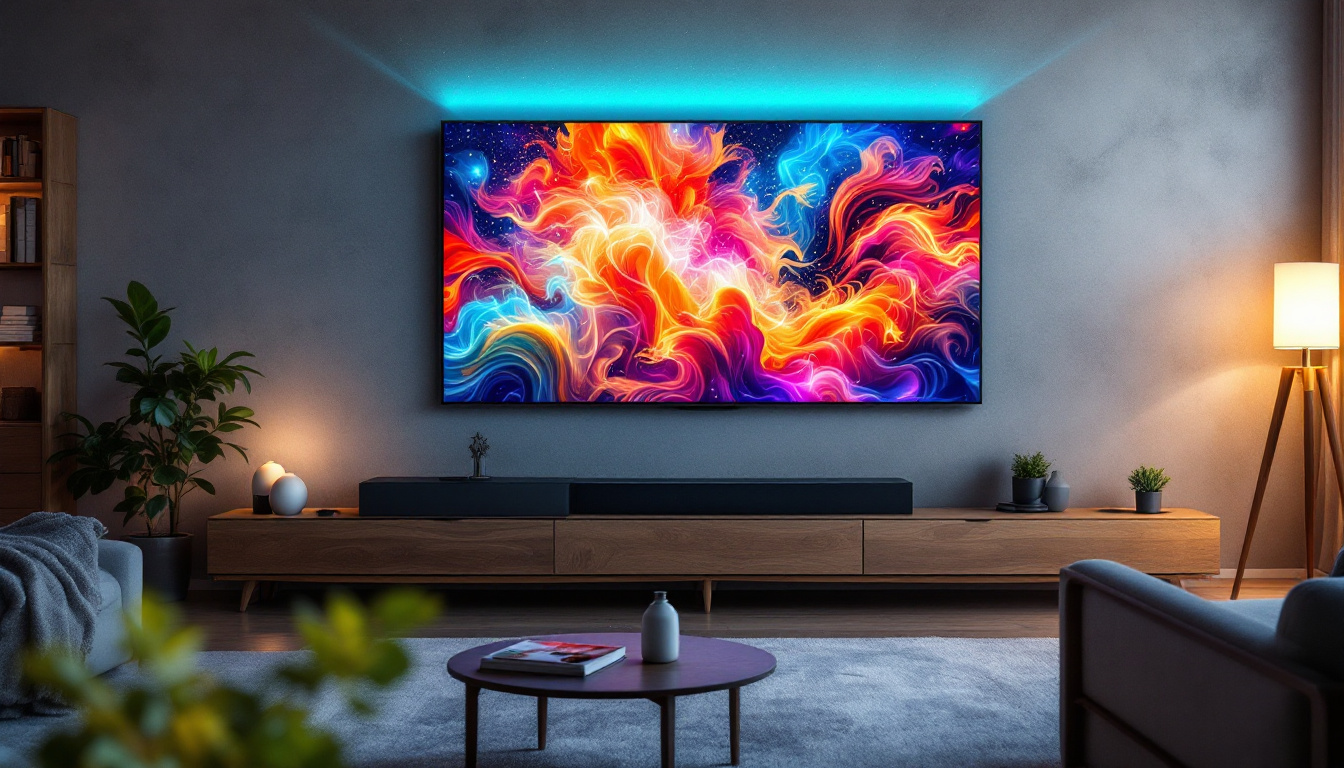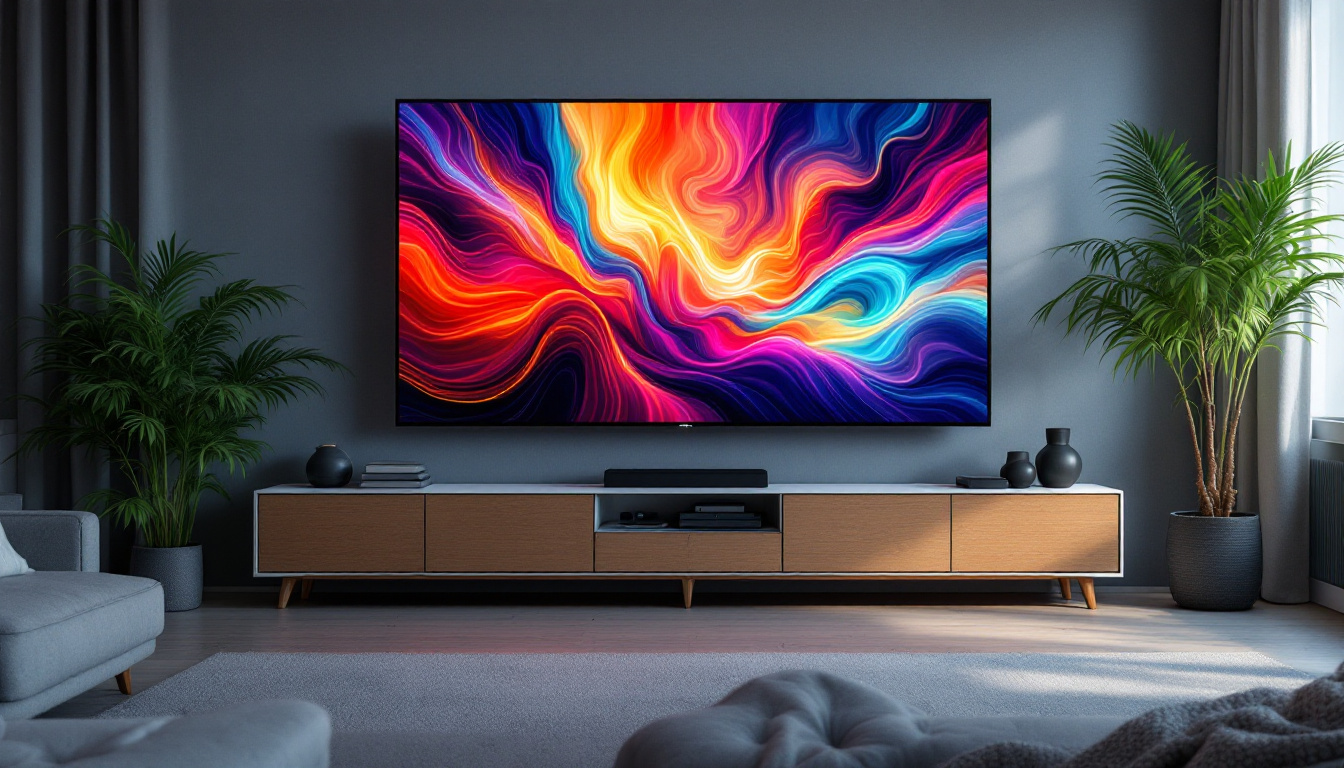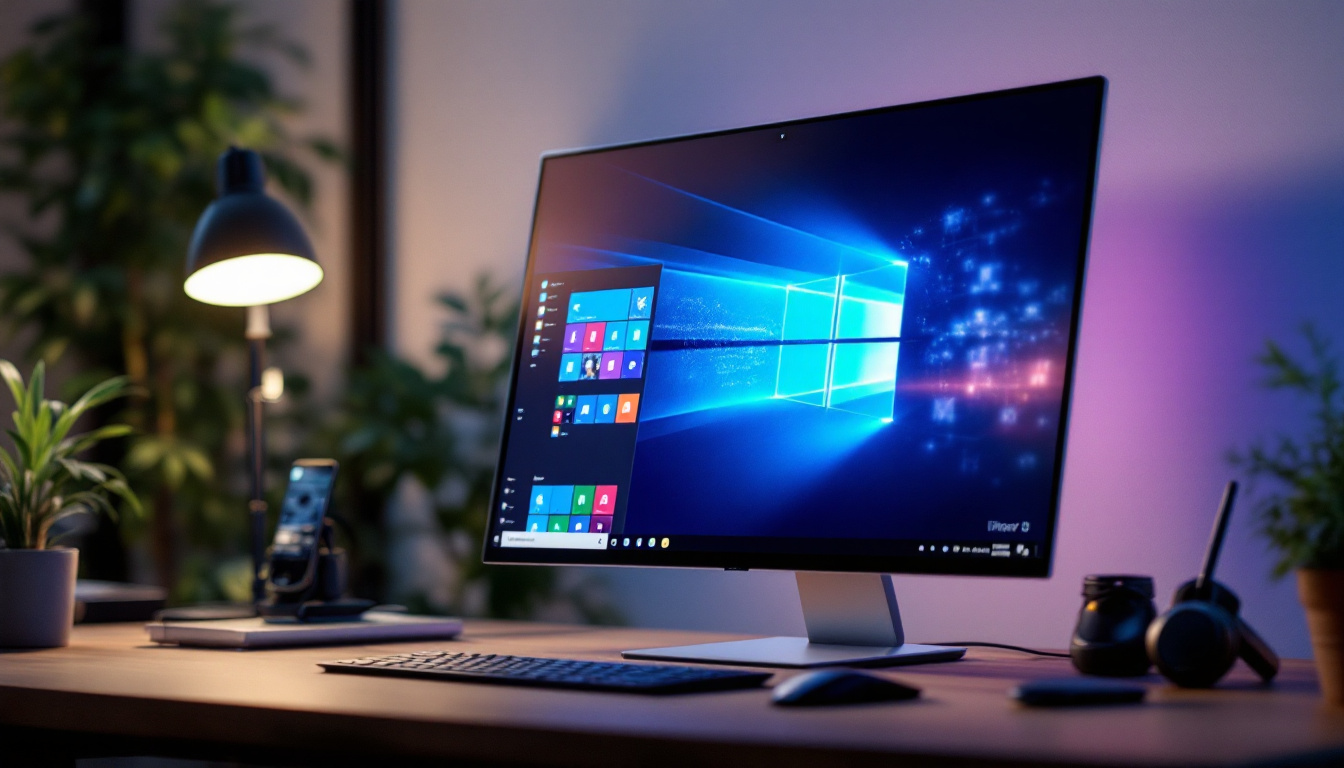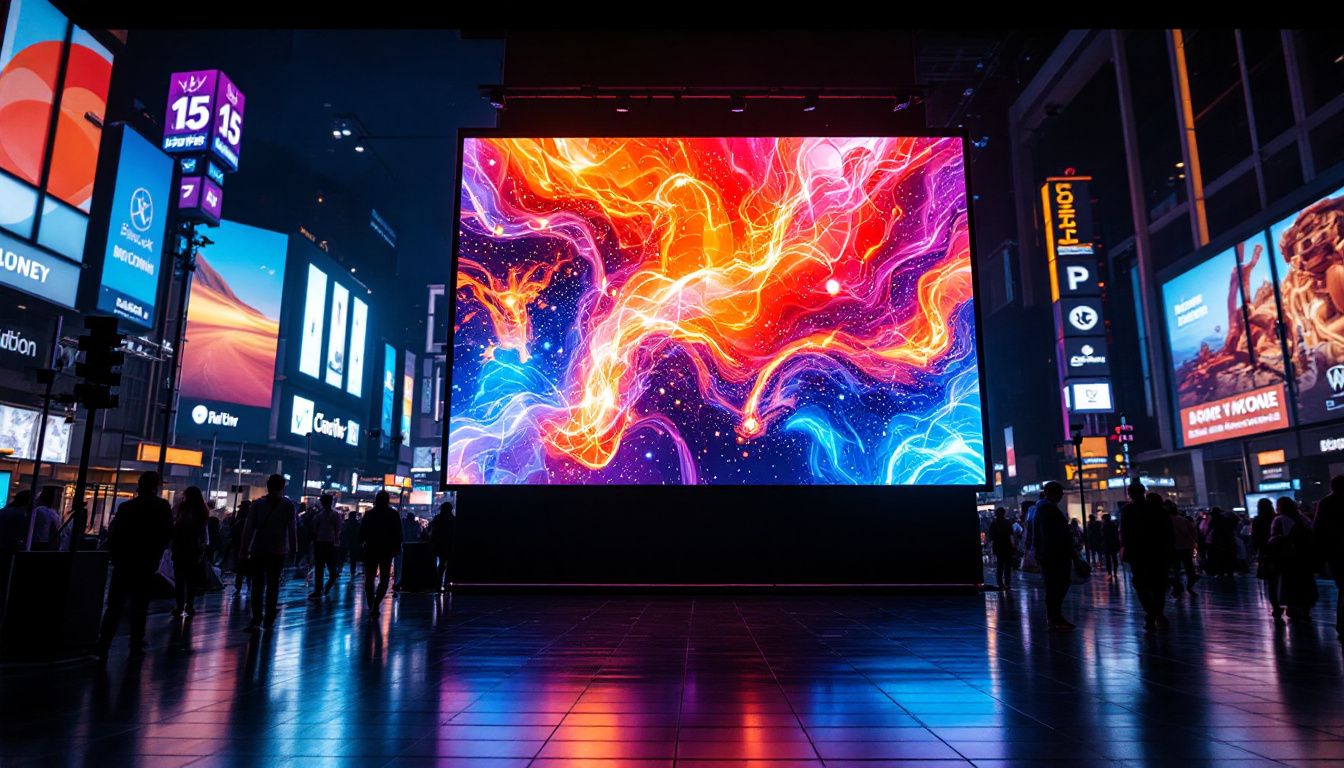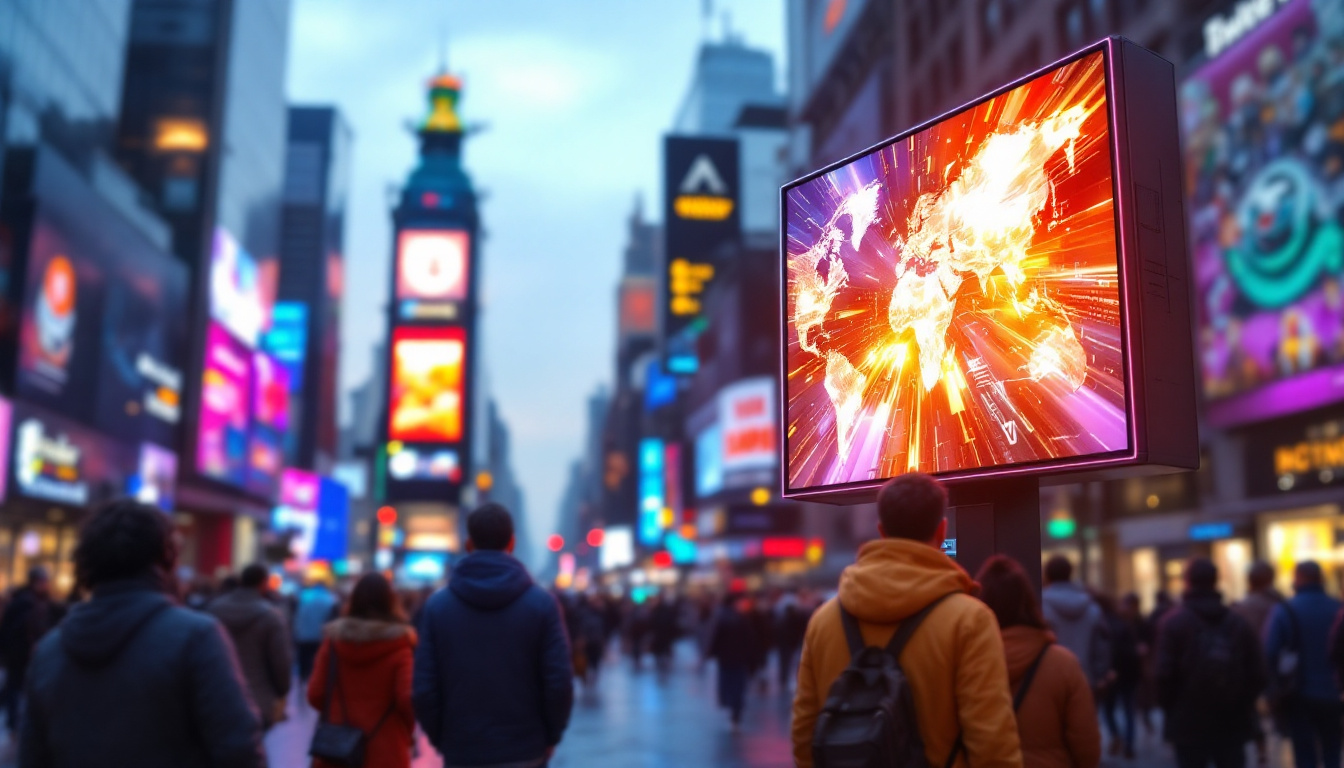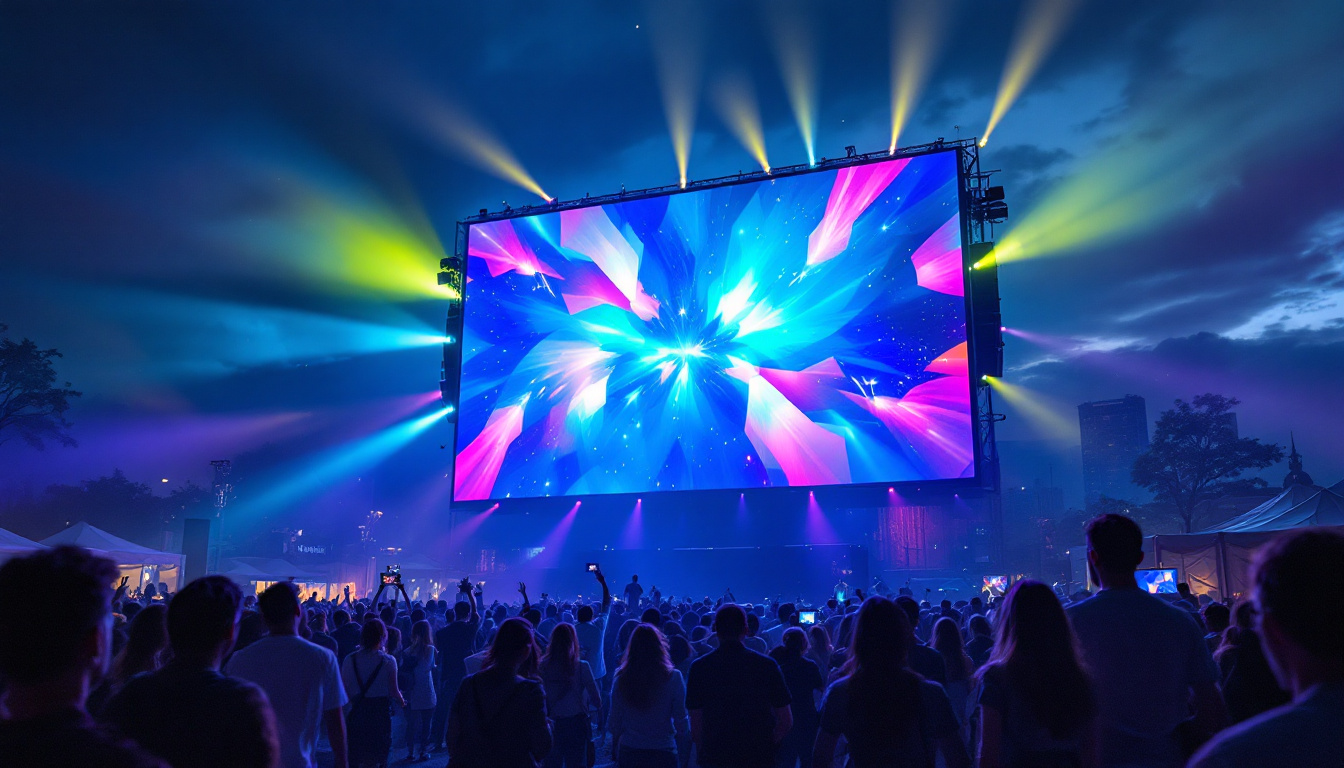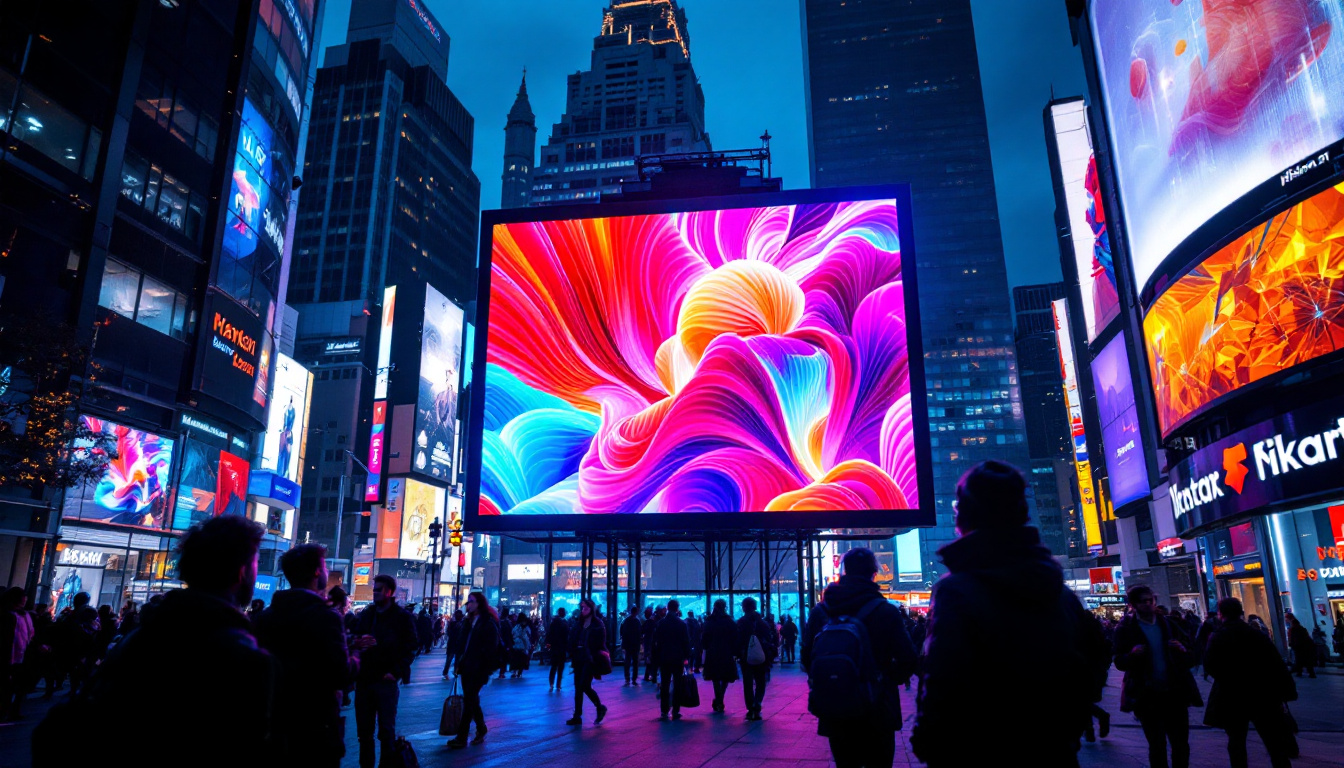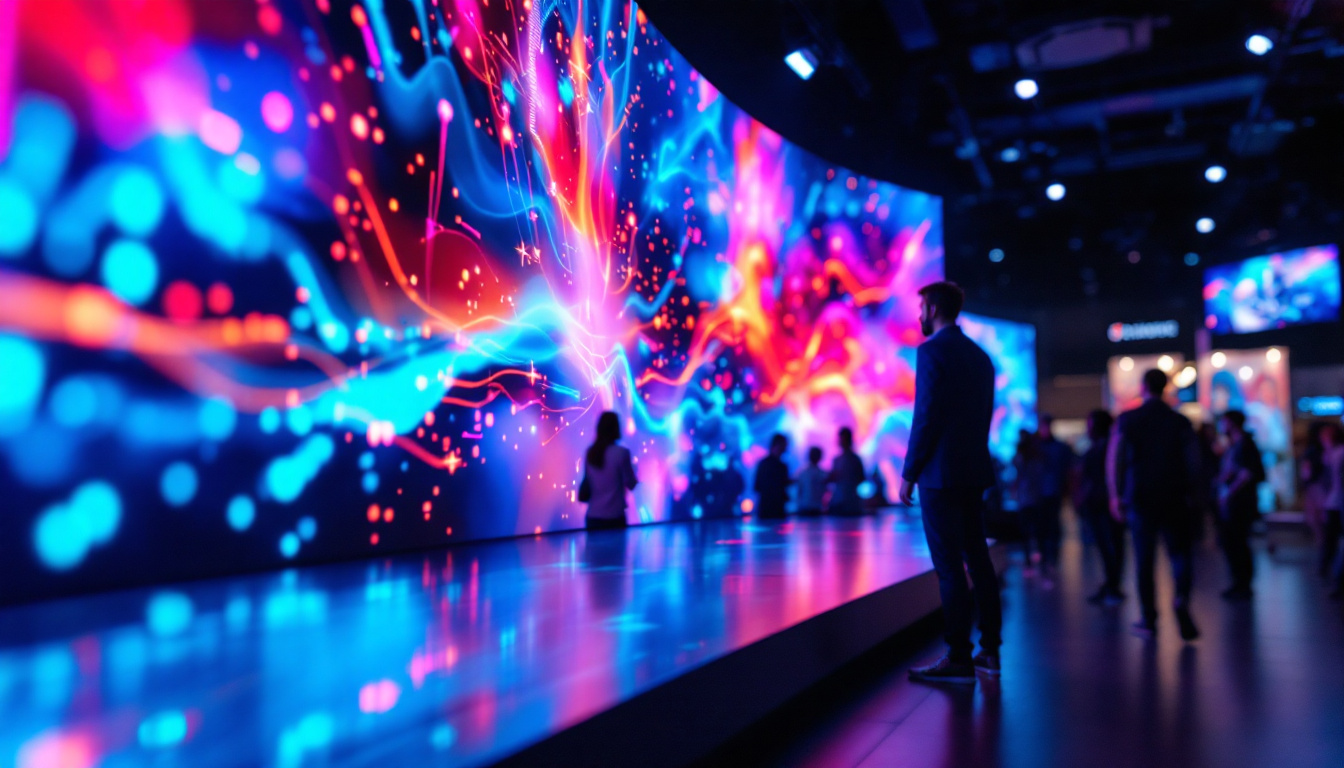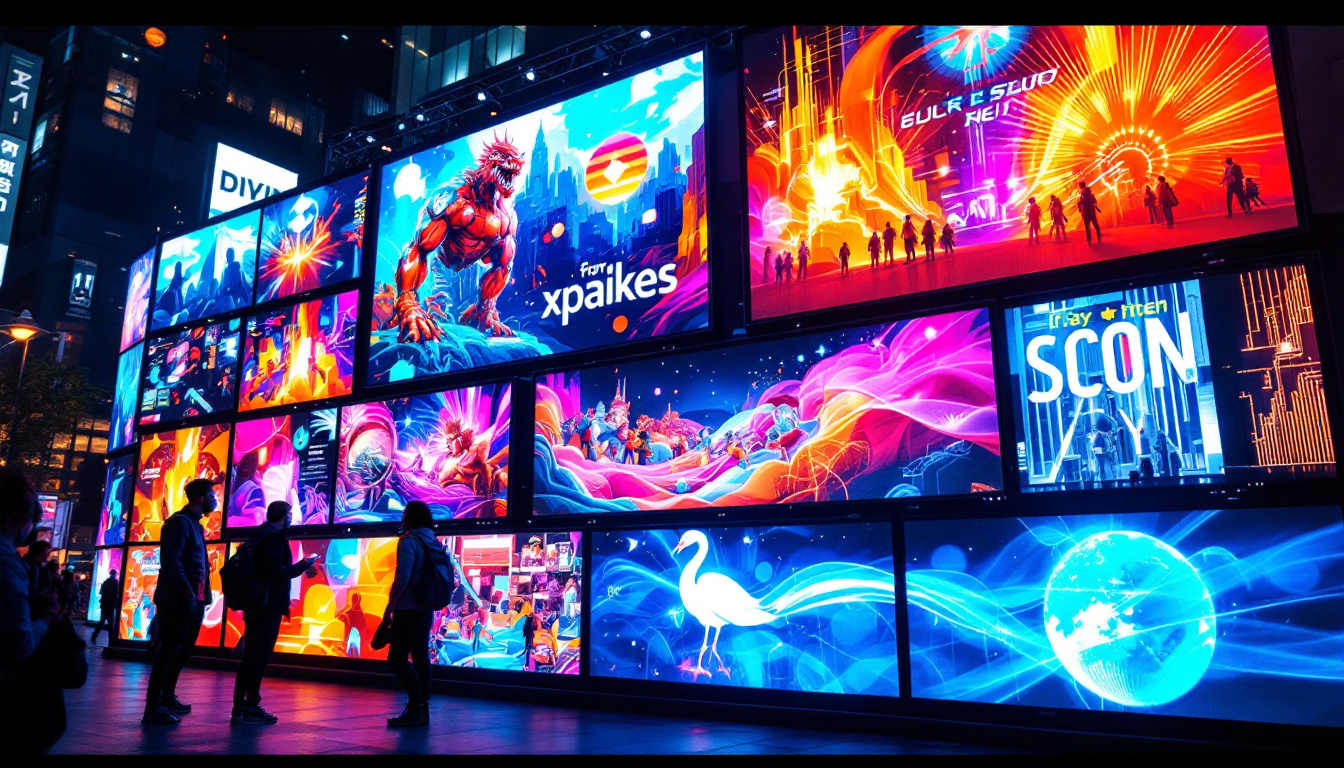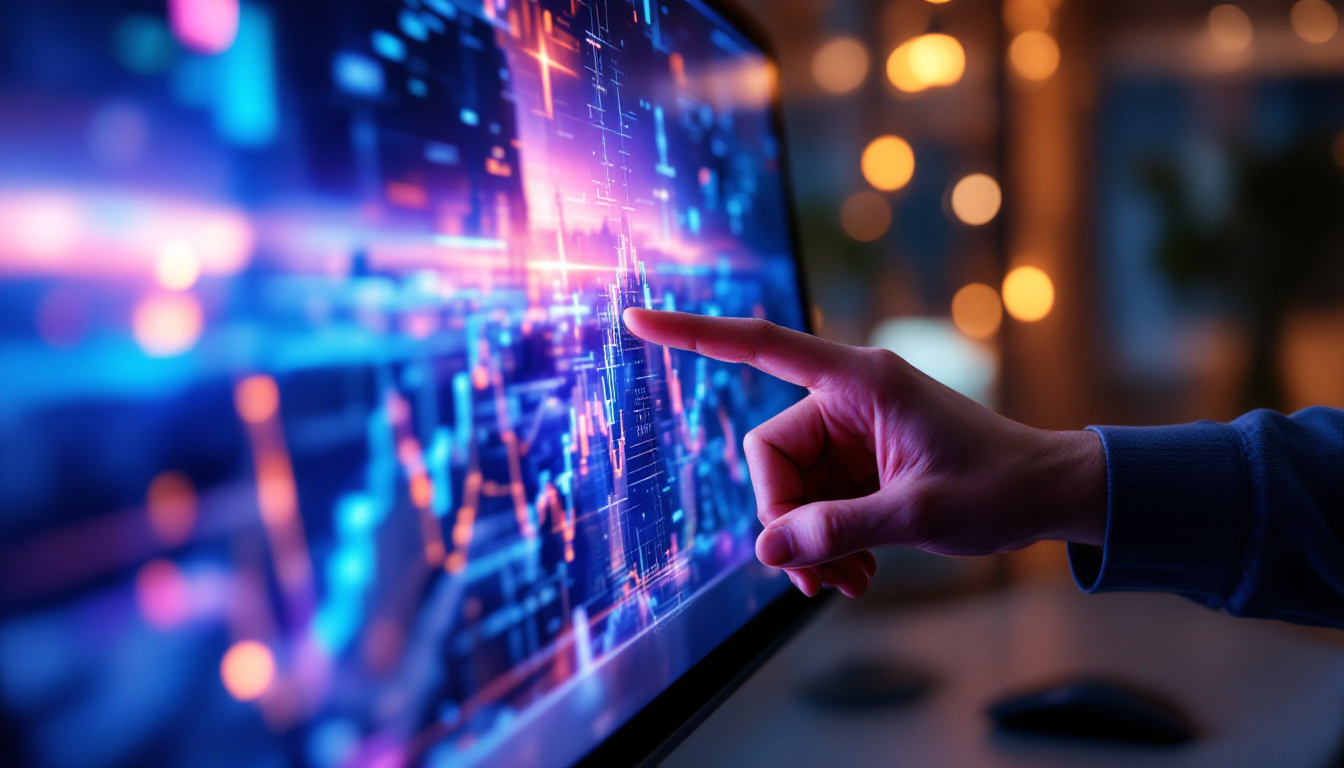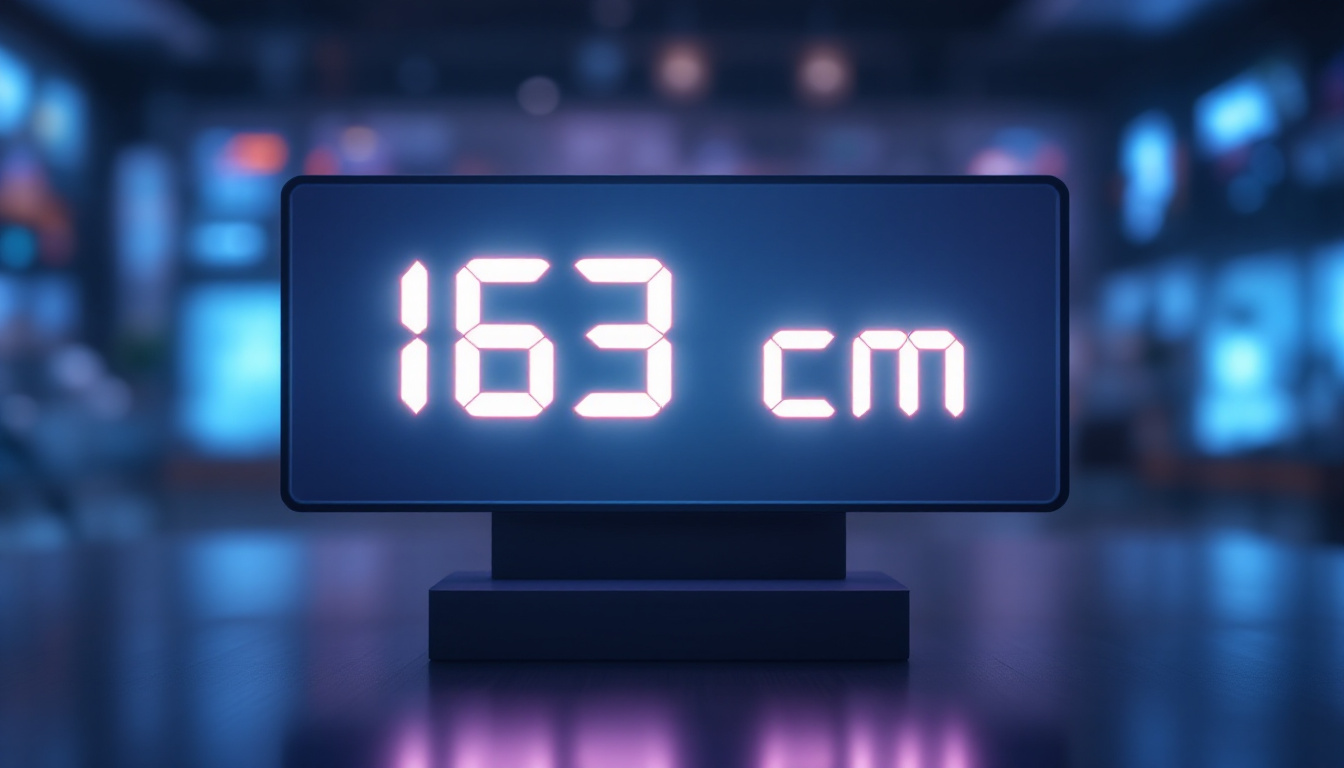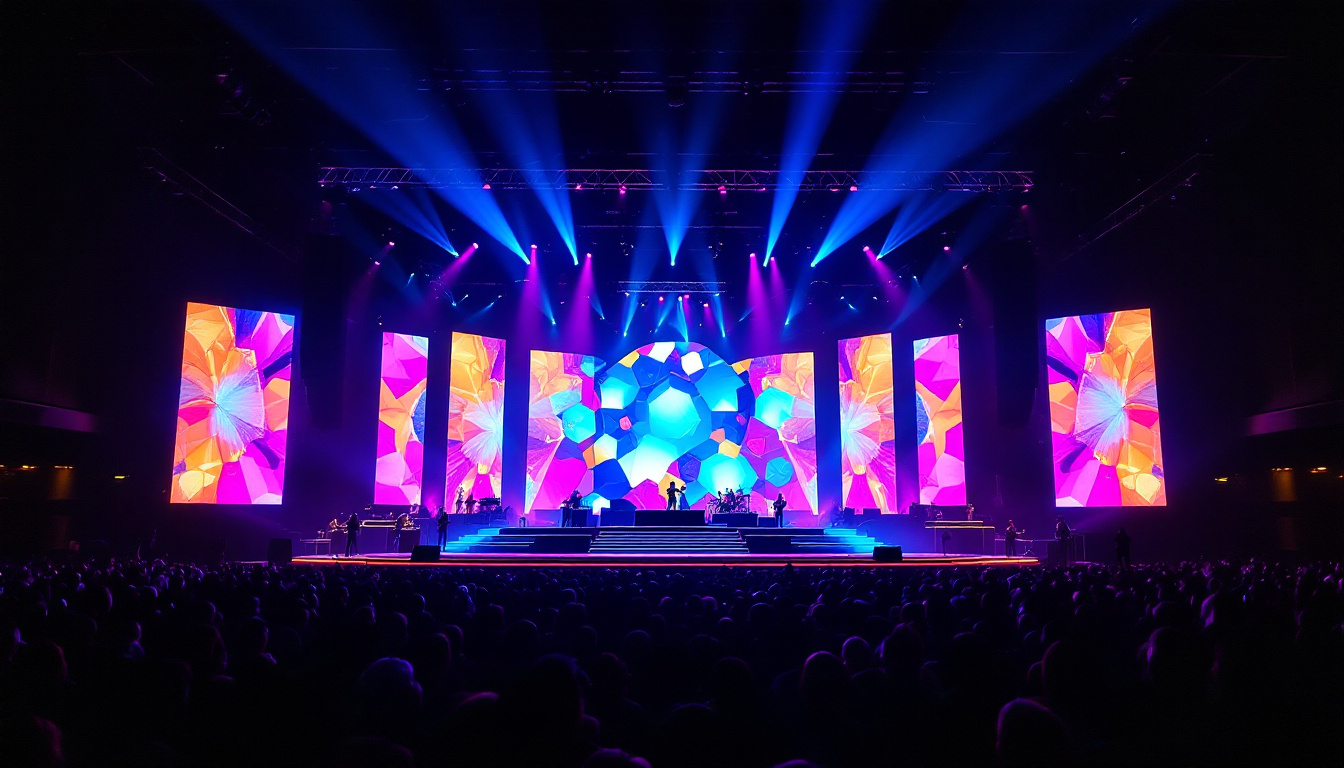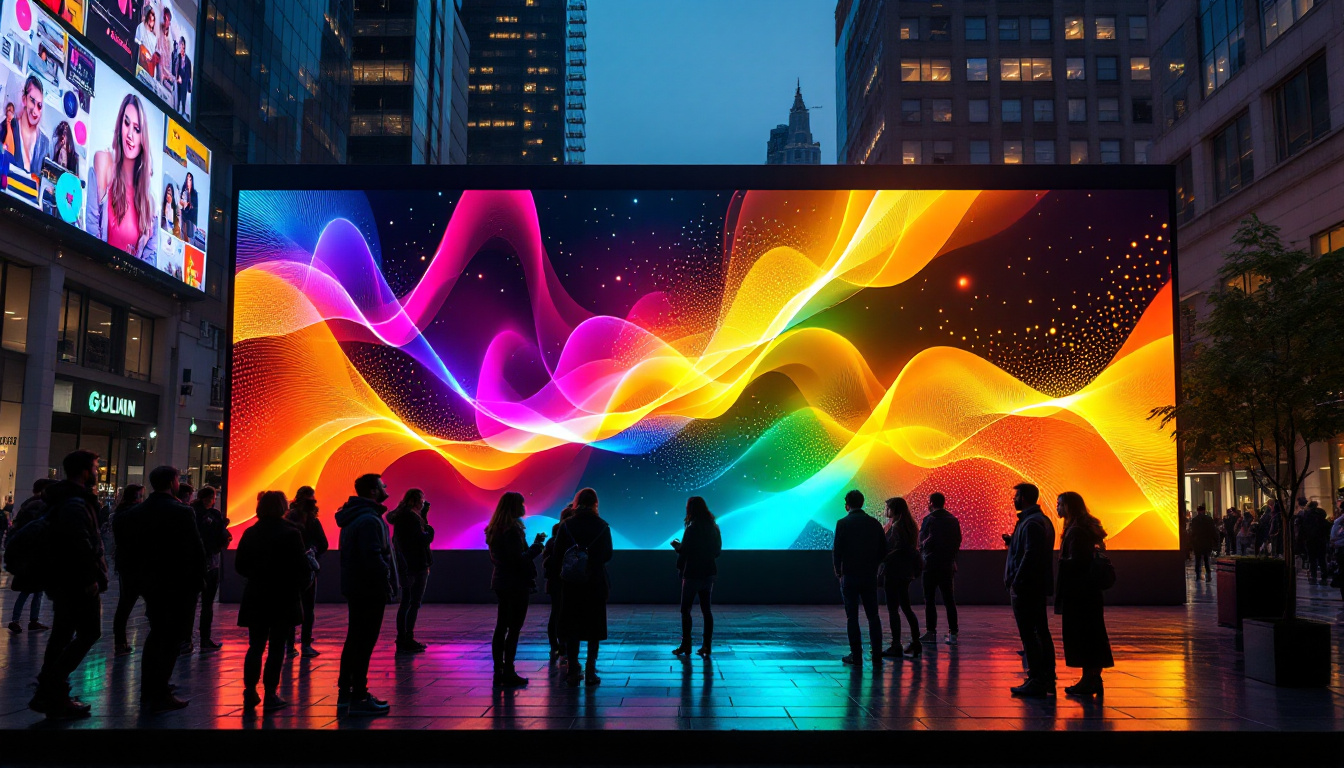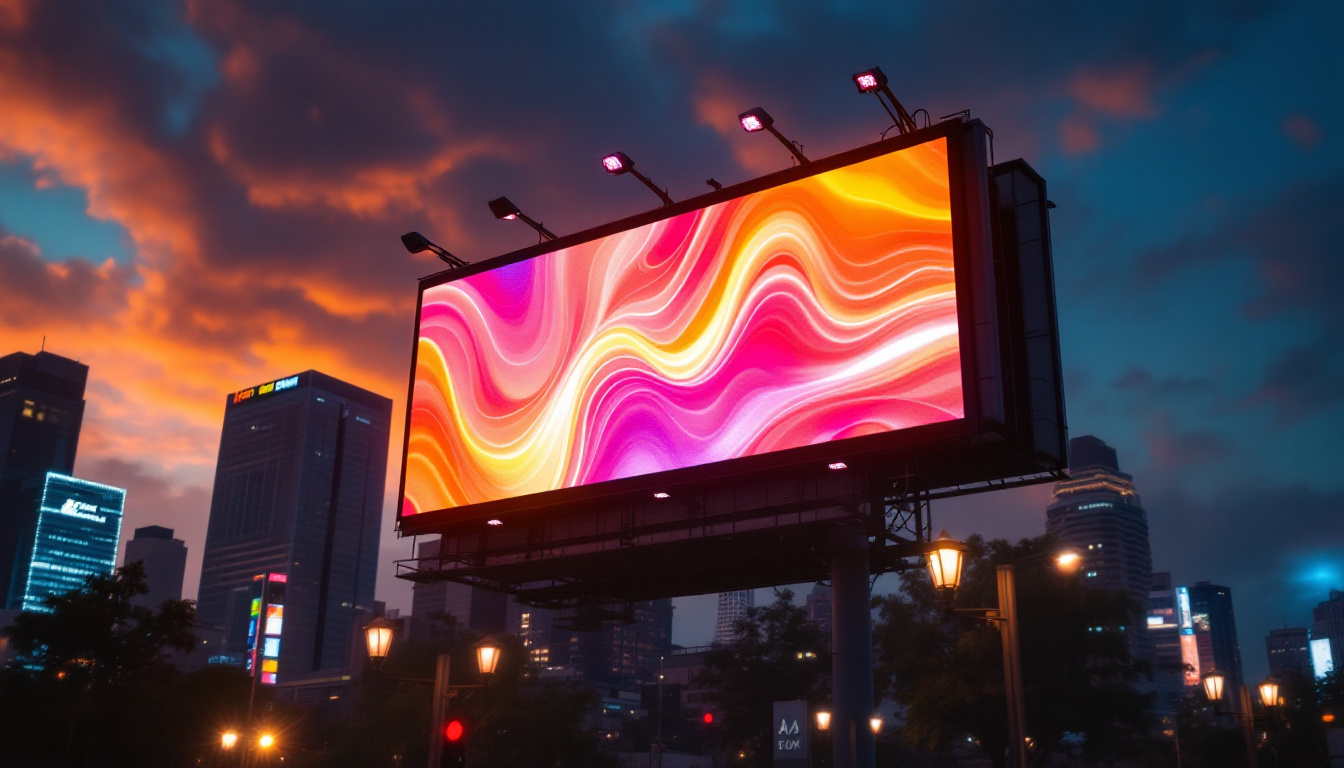In today’s fast-paced world, effective communication is paramount for businesses and organizations. One of the most innovative and visually striking ways to convey messages is through LED display signs. These signs have revolutionized the way information is presented, offering dynamic visuals and versatility that traditional signage simply can’t match. This article delves into the intricacies of LED display signs, exploring their technology, applications, benefits, and future trends.
Understanding LED Technology
Light Emitting Diodes (LEDs) are semiconductor devices that emit light when an electric current passes through them. The technology behind LEDs has evolved significantly over the years, leading to their widespread use in various applications, including display signs. Initially, LEDs were limited to simple indicator lights, but advancements in materials and engineering have transformed them into powerful lighting solutions used in everything from residential lighting to large-scale outdoor displays.
How LEDs Work
At the core of LED technology is the principle of electroluminescence. When electrons move through a semiconductor material, they release energy in the form of photons, producing light. This process is highly efficient, resulting in lower energy consumption compared to traditional incandescent bulbs. Additionally, LEDs have a longer lifespan, often exceeding 25,000 hours, which significantly reduces the frequency of replacements and waste. This longevity, combined with their energy efficiency, makes LEDs an environmentally friendly choice.
LEDs come in various colors, which can be combined to create a full spectrum of hues. By adjusting the intensity of each colored LED, it is possible to produce vibrant images and text, making them ideal for display applications. The ability to control color and brightness precisely allows for dynamic displays that can adapt to different environments and contexts, enhancing the viewer’s experience. This adaptability is particularly valuable in settings such as concerts, sports events, and public art installations, where visual impact is crucial.
Types of LED Displays
LED displays can be categorized into several types based on their configuration and application. The most common types include:
- Monochrome Displays: These displays use a single color, typically red, green, or blue, to convey information. They are often used for simple text displays, such as scoreboards or informational signs in transit stations.
- RGB Displays: Utilizing red, green, and blue LEDs, RGB displays can produce a wide range of colors, allowing for more complex graphics and animations. These displays are commonly found in digital billboards and video screens, where engaging content is essential to capture attention.
- Full-Color Displays: These advanced displays combine multiple RGB pixels to create vibrant, high-resolution images suitable for advertising and entertainment. Full-color LED displays are increasingly used in retail environments, where they can showcase products in an eye-catching manner, drawing customers in with dynamic visuals.
In addition to these types, there are also specialized LED displays designed for specific environments, such as outdoor displays that are weather-resistant and high-brightness models that can be viewed in direct sunlight. The versatility of LED technology allows for innovations like flexible LED screens that can be bent or shaped to fit unique installations, further expanding the possibilities for creative expression in visual communication.
Applications of LED Display Signs
LED display signs are incredibly versatile and can be found in various settings. Their adaptability makes them suitable for numerous applications, ranging from advertising to information dissemination.
Advertising and Marketing
One of the most prominent uses of LED display signs is in advertising. Businesses leverage these displays to capture the attention of potential customers with dynamic content. Whether it’s a scrolling text message, animated graphics, or video advertisements, LED signs can effectively convey promotional messages in a visually appealing manner.
Retail establishments, restaurants, and entertainment venues often use LED displays to showcase special offers, events, and new products. The ability to update content remotely allows businesses to respond quickly to market trends and customer preferences. Furthermore, the bright and vibrant colors of LED displays can attract foot traffic, making them an essential tool for businesses looking to stand out in competitive environments. Studies have shown that dynamic displays can increase customer engagement and sales, proving that investing in LED technology can yield significant returns.
Transportation and Wayfinding
LED displays play a crucial role in transportation systems, providing real-time information to commuters. Train stations, airports, and bus terminals utilize LED signs to display arrival and departure times, gate information, and service announcements.
Moreover, LED displays are increasingly being used for wayfinding in large venues such as shopping malls, convention centers, and hospitals. These signs guide visitors to their desired locations, enhancing the overall experience and improving navigation. In addition to directing foot traffic, LED wayfinding systems can incorporate interactive elements, allowing users to search for specific stores or services, thereby streamlining their experience. This integration of technology not only improves efficiency but also adds a modern touch to the environment, making it more user-friendly and accessible.
Event Management
In the realm of event management, LED display signs have become indispensable. They are commonly used at concerts, sports events, and conferences to convey information to large audiences. From displaying schedules and speaker information to showcasing live feeds and social media interactions, LED signs enhance engagement and communication.
Additionally, the ability to customize content in real-time allows event organizers to adapt to changing circumstances, ensuring that attendees receive the most relevant information. This flexibility is particularly valuable during large-scale events where last-minute changes are often necessary. LED displays can also be used to create immersive experiences through synchronized visuals and sound, capturing the audience’s attention and enhancing the overall atmosphere. As technology continues to evolve, the potential for interactive LED displays at events grows, paving the way for innovative engagement strategies that can transform how audiences participate and connect with the event’s content.
Benefits of LED Display Signs
The advantages of using LED display signs are numerous and contribute to their growing popularity across various sectors. Understanding these benefits can help businesses make informed decisions about their signage needs.
Energy Efficiency
One of the most significant benefits of LED technology is its energy efficiency. LED displays consume significantly less power than traditional signage, resulting in lower electricity bills and a reduced carbon footprint. This efficiency not only saves money but also aligns with the growing emphasis on sustainability in business practices.
Longevity and Durability
LED displays are designed to last, with lifespans often exceeding 100,000 hours. This longevity reduces the need for frequent replacements, making them a cost-effective investment in the long run. Additionally, LED signs are resistant to shock and vibration, making them suitable for outdoor use in various weather conditions.
High Visibility and Clarity
LED displays offer superior visibility compared to traditional signage. Their brightness and contrast make them easily readable in various lighting conditions, including direct sunlight. This high visibility ensures that messages are communicated effectively, even from a distance.
Challenges and Considerations
While LED display signs offer numerous advantages, there are also challenges and considerations to keep in mind when implementing this technology.
Initial Investment
The initial cost of purchasing and installing LED display signs can be higher than traditional signage. Businesses must weigh this upfront investment against the long-term benefits of energy savings and durability. However, many companies find that the return on investment justifies the expense over time.
Content Management
Creating and managing content for LED displays requires careful planning and strategy. Businesses must ensure that their messages are engaging, relevant, and updated regularly. This may involve dedicating resources to content creation and management, which can be a challenge for smaller organizations.
Future Trends in LED Display Technology
The landscape of LED display technology is continually evolving, driven by advancements in technology and changing consumer preferences. Several trends are emerging that are likely to shape the future of LED display signs.
Integration with Smart Technology
As smart technology becomes more prevalent, LED displays are increasingly being integrated with IoT (Internet of Things) systems. This integration allows for real-time data sharing and dynamic content updates based on external factors, such as weather conditions or audience demographics.
For instance, a retail store could adjust its LED display content based on the time of day or current foot traffic, enhancing the relevance of its messaging and improving customer engagement.
Enhanced Interactivity
Future LED displays are expected to feature enhanced interactivity, allowing users to engage with the content in real-time. Touchscreen capabilities, QR code integration, and social media connectivity are just a few examples of how interactivity can be incorporated into LED signage.
This shift towards interactive displays can create a more immersive experience for viewers, encouraging them to participate and engage with the content being presented.
Improved Resolution and Clarity
As technology advances, the resolution and clarity of LED displays are expected to improve significantly. Higher pixel densities will allow for sharper images and more detailed graphics, making LED displays even more effective for advertising and information dissemination.
These advancements will enable businesses to create visually stunning displays that capture attention and convey messages more effectively.
Conclusion
LED display signs have transformed the way information is communicated in various sectors, offering dynamic, engaging, and energy-efficient solutions. From advertising and transportation to event management, the versatility of LED displays is unmatched. While there are challenges to consider, the benefits often outweigh the drawbacks, making them a valuable investment for businesses looking to enhance their communication strategies.
As technology continues to evolve, the future of LED display signs looks promising. With advancements in smart technology, interactivity, and resolution, businesses can look forward to even more innovative ways to engage their audiences. Embracing LED display technology is not just a trend; it is a strategic move towards effective communication in an increasingly visual world.
Discover LumenMatrix’s Innovative LED Solutions
Ready to elevate your visual communication with cutting-edge LED display technology? LumenMatrix is at the forefront of innovation, offering a diverse range of LED display modules designed to captivate and engage your audience. From Indoor and Outdoor LED Wall Displays to specialized solutions like Vehicle LED Displays, LED Sports Displays, and even Custom LED Displays, we have the tools to bring your brand to life. Experience the transformative power of our LED display solutions and let LumenMatrix help you create unforgettable visual experiences. Check out LumenMatrix LED Display Solutions today and see the difference for yourself.

